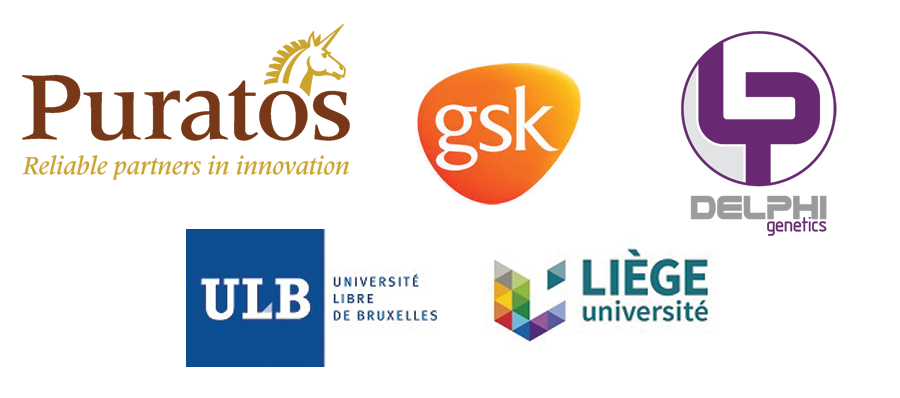
Development of an innovative approach for the control of microbial subpopulation in bioprocesses. Wagralim R&I project, co-led by BioWin. Microbial populations, even those called clonal (genetically identical), are inherently heterogeneous. In the biotechnology industry, this heterogeneity affects the performance and reproducibility of bioprocesses based on the use of microorganisms. In...
Read More








